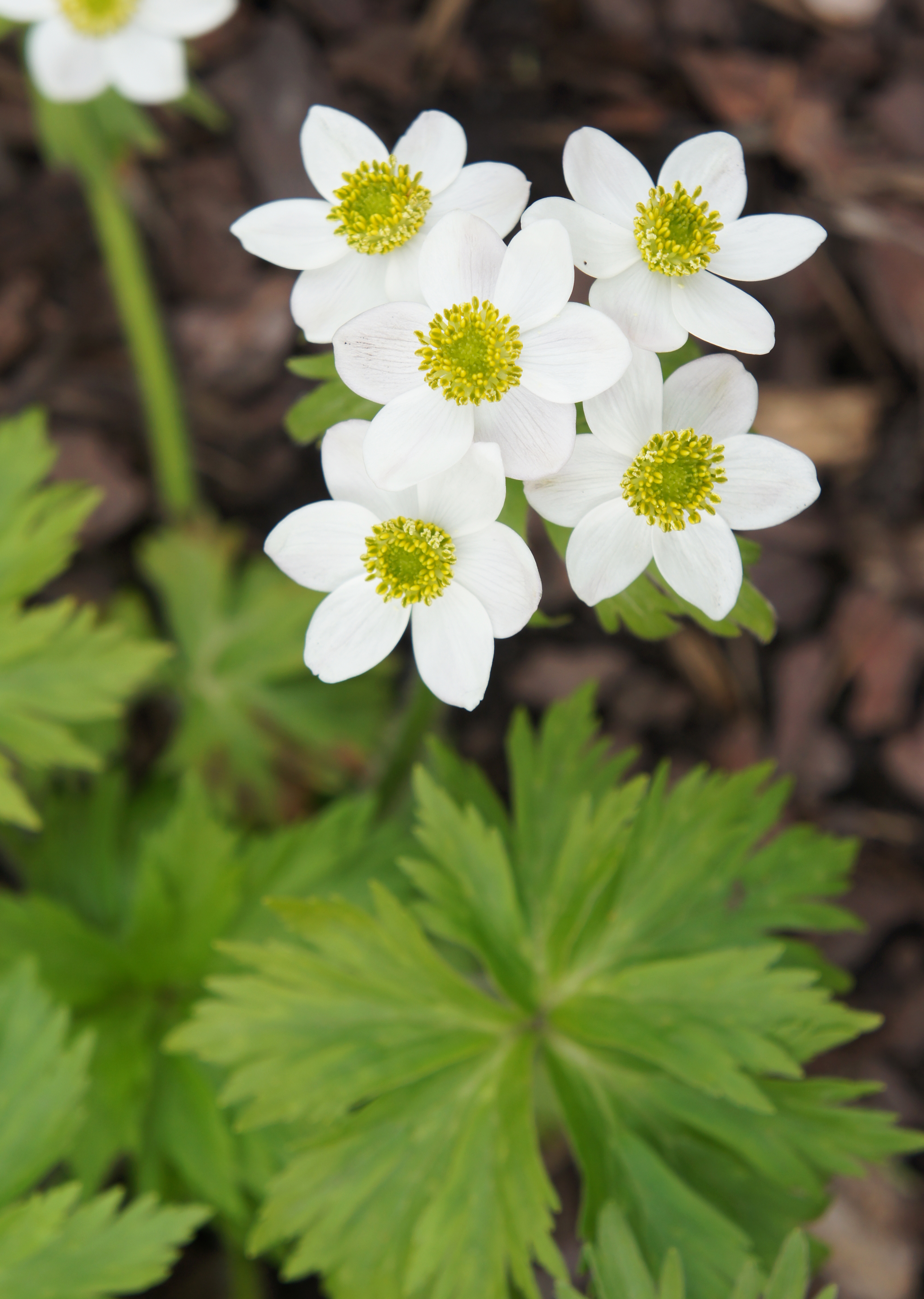Northern anemone
(Anemone parviflora)

Description
Anemone parviflora, the northern anemone, or small-flowered anemone, is a herbaceous flowering plant species in the buttercup family Ranunculaceae. Plants grow 10 to 30 cm tall, from a thin, 2 mm thick rhizome. Stem leaves without petioles, basal leaves few with long petioles and deeply three-parted. Plants flowering late spring to mid summer with the flowers composed of five or six sepals normally white or soft bluish colored, 8 to 13 mm long. The plants produce one peduncle with one solitary flower. Fruits in heads ovoid in shape, 10 mm long or less, fruits densely woolly, not winged and with straight 1 to 2.5 mm long beaks. Native to central and western North America mostly in Canada and Alaska but also south to Idaho and even into Utah where it is found growing on wet rocky ledges, meadows and along stream banks in normally calcareous soils. Anemone is a genus of flowering plants in the buttercup family Ranunculaceae. Plants of the genus are commonly called windflowers. They are native to the temperate and subtropical regions of all continents except Australia, New Zealand and Antarctica. The genus is closely related to several other genera including Anemonoides, Anemonastrum, Hepatica, and Pulsatilla. Some botanists include these genera within Anemone. Anemone are perennials that have basal leaves with long leaf-stems that can be upright or prostrate. Leaves are simple or compound with lobed, parted, or undivided leaf blades. The leaf margins are toothed or entire. Flowers with 4–27 sepals are produced singly, in cymes of 2–9 flowers, or in umbels, above a cluster of leaf- or sepal-like bracts. Sepals may be any color. The pistils have one ovule. The flowers have nectaries, but petals are missing in the majority of species. The fruits are ovoid to obovoid shaped achenes that are collected together in a tight cluster, ending variously lengthened stalks; though many species have sessile clusters terminating the stems. The achenes are beaked and some species have feathery hairs attached to them. Anemone was named by Carl Linnaeus in 1753 and is situated in the tribe Anemoneae, subfamily Ranunculoideae, and the family Ranunculaceae. As considered in the broader sense (sensu lato) the genus is sometimes considered to include a number of other genera, such as Anemonoides, Anemonastrum, Hepatica, Pulsatilla, Knowltonia, Barneoudia, and Oreithales.
Taxonomic tree:







